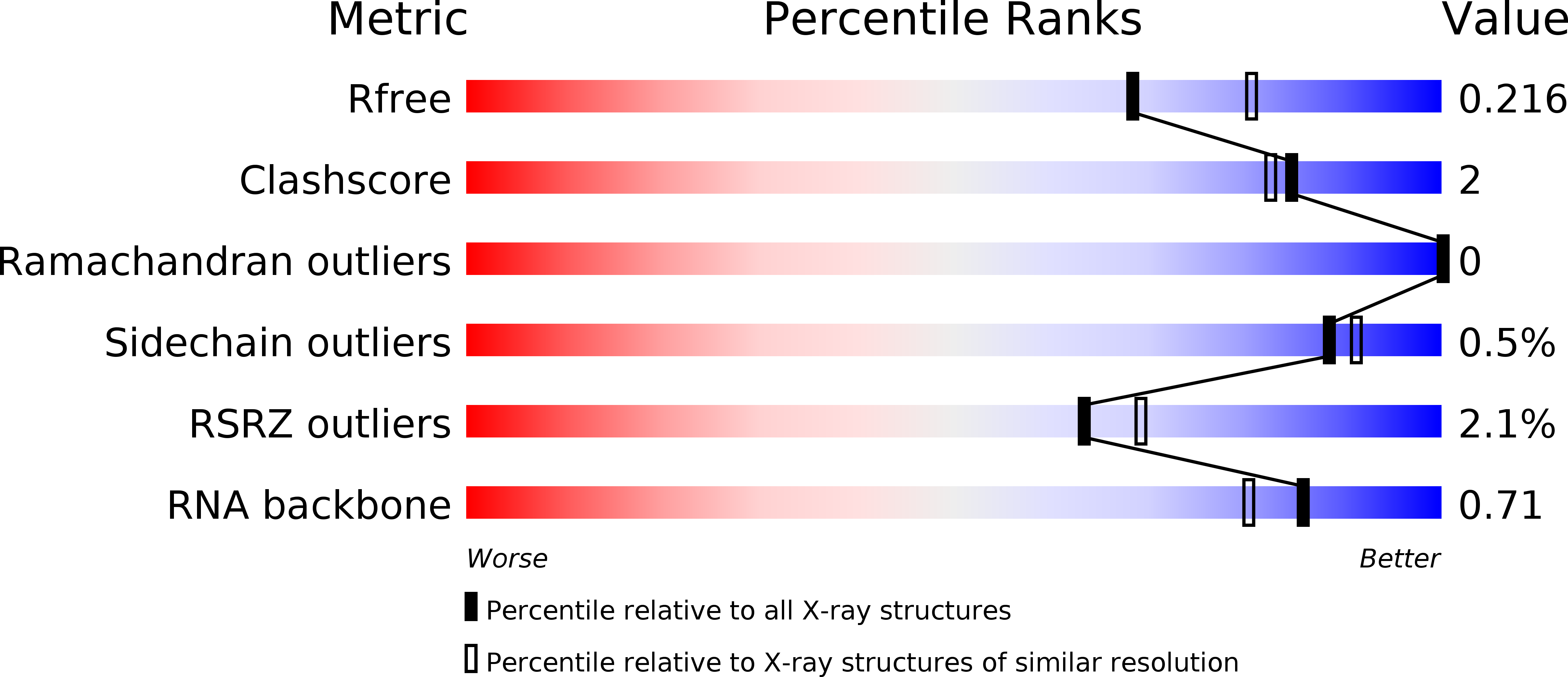
Deposition Date
2020-01-17
Release Date
2020-04-29
Last Version Date
2023-11-29
Entry Detail
PDB ID:
6LSG
Keywords:
Title:
Crystal structure of the enterovirus 71 polymerase elongation complex (C0S6M form)
Biological Source:
Source Organism:
Human enterovirus 71 (Taxon ID: 39054)
synthetic construct (Taxon ID: 32630)
synthetic construct (Taxon ID: 32630)
Host Organism:
Method Details:
Experimental Method:
Resolution:
2.14 Å
R-Value Free:
0.21
R-Value Work:
0.19
R-Value Observed:
0.19
Space Group:
P 21 21 21


